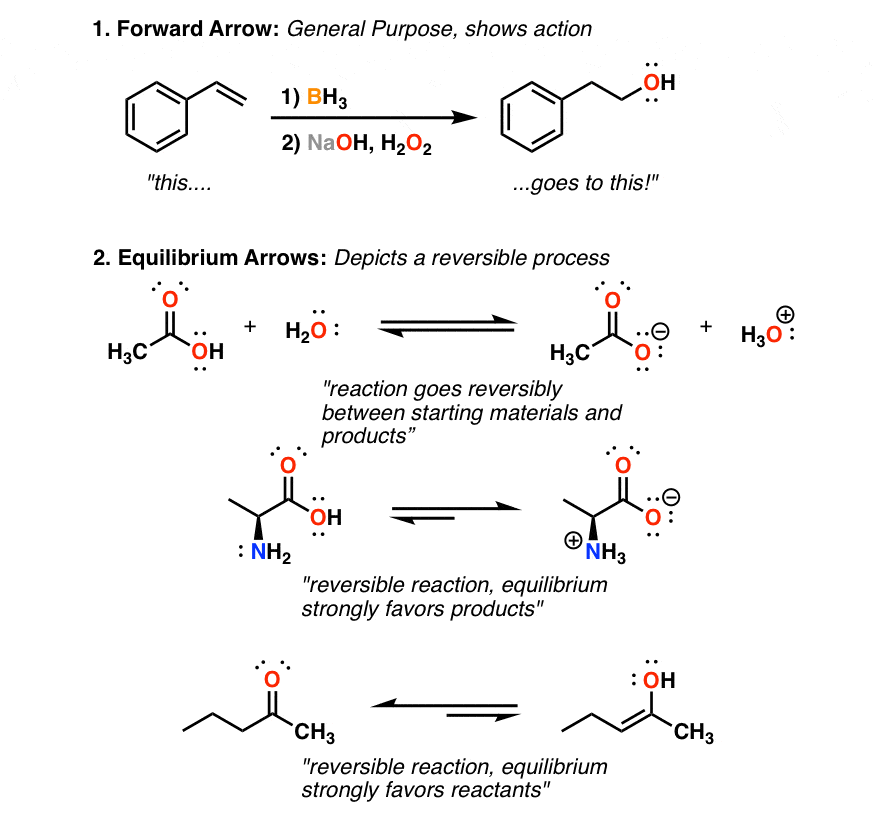
The Sequence Rule for Assignment of Configurations to Chiral CentersĪssign sequence priorities to the four substituents by looking at the atoms attached directly to the chiral center.ġ. Since most of the chiral stereogenic centers we shall encounter are asymmetric carbons, all four different substituents must be ordered in this fashion. The sequence rule is the same as that used for assigning E-Z prefixes to double bond stereoisomers. The assignment of these prefixes depends on the application of two rules: The Sequence Rule and The Viewing Rule. The symbol R comes from the Latin rectus for right, and S from the Latin sinister for left. No chemical reactions or interrelationship are required for this assignment. In the CIP system of nomenclature, each chiral center in a molecule is assigned a prefix (R or S), according to whether its configuration is right- or left-handed. The resulting nomenclature system is sometimes called the CIP system or the R-S system.

A final solution to the vexing problem of configuration assignment was devised by three European chemists: R. Although this notation is still applied to carbohydrates and amino acids, it required chemical transformations to establish group relationships, and proved to be ambiguous in its general application. An early procedure assigned a D prefix to enantiomers chemically related to a right-handed reference compound and a L prefix to a similarly related left-handed group of enantiomers. We have referred to the mirror-image configurations of enantiomers as "right-handed" and "left-handed", but deciding which is which is not a trivial task.


Designating the Configuration of Chiral CentersĪlthough enantiomers may be identified by their characteristic specific rotations, the assignment of a unique configuration to each has not yet been discussed.


 0 kommentar(er)
0 kommentar(er)
